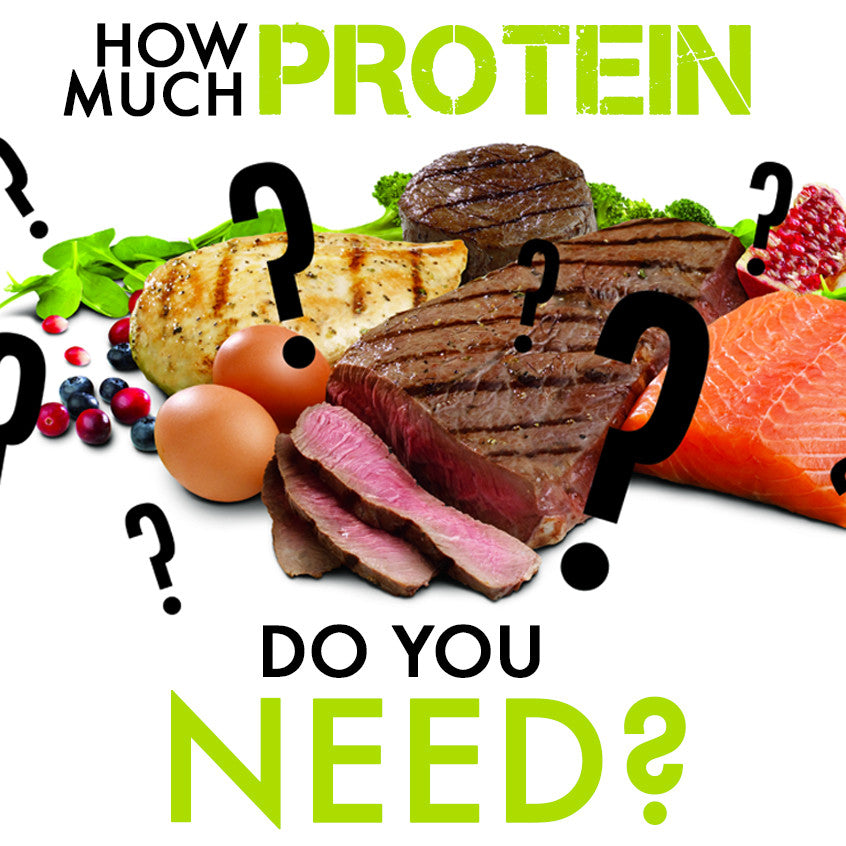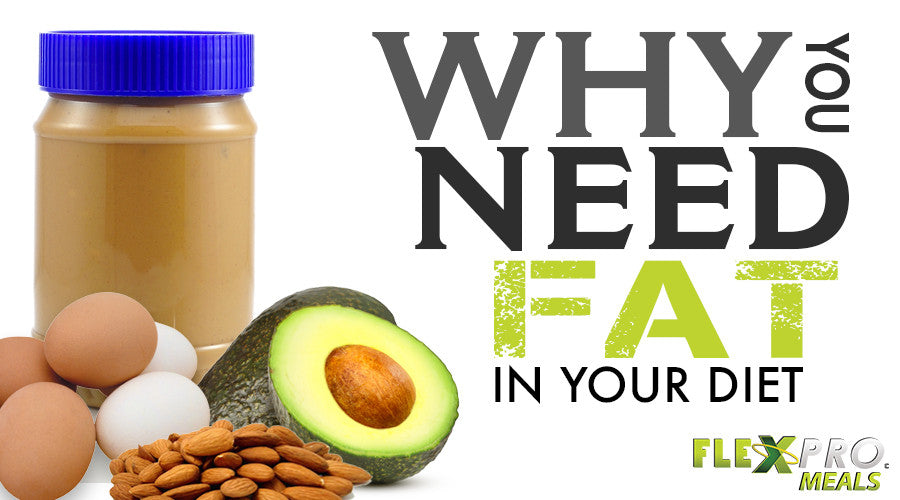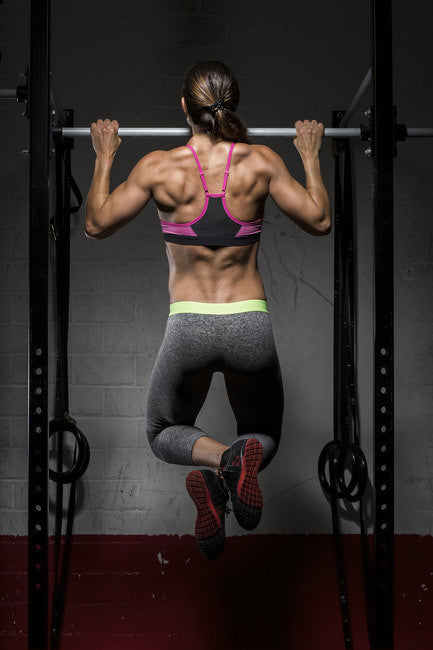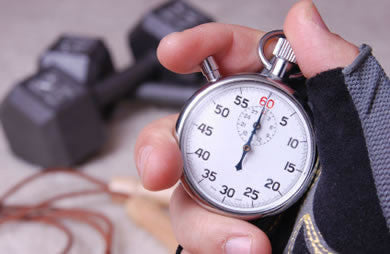For decades, fat has been a dirty word when it comes to talking about a healthy diet. When people are trying to lose weight, fat is usually the first thing to be cut, hence the "Low Fat" revolution that began almost 20 years ago. While it is true there are fats that will make you, well... fat, there are also good fats that greatly benefit your body. Here are a few benefits of healthy fats:
Great source of energy
Helps the body to absorb vitamins and nutrients
Essential for blood clotting
Essential for muscle movement
Helps inflammation
Prevents & treats heart disease
Reduces cholesterol
Lowers blood pressure
Helps prevent belly fat
Boosts brain function
May reduce risk of dementia
Types of Fats: The Bad Trans Fat- Also known has "partially hydrogenated oil", trans fat has, up until recently, been found in everything from cookies to fast food. Studies have shown that trans fat has zero health benefits and is linked to multiple chronic conditions including high cholesterol, heart disease, diabetes and stroke. For this reason, the FDA has required the food industry to list trans fat out on a separate line in the nutrition info on packaging, resulting in many food companies expelling trans fat from their food altogether. Saturated Fats- This type of fat is commonly found in whole milk, red meat, cheese, coconut oil, baked goods, and more. While our bodies do require us to have some saturated fat, the balance can be easily tipped in favor of quickly becoming too much. Most nutrition experts recommend that saturated fat make up no more than 10% of our daily calories because it has been linked to raising harmful cholesterol and forming artery blockages.
The Good: Monounsaturated Fats- Peanut oil, avocados, sunflower oil, olive oil, canola oil, and nuts are foods that are abundant in monounsaturated fat. This type of fat has been linked to many heart healthy benefits, so much so, that nutrition experts recommend replacing trans and saturated fats with monounsaturated and polyunsaturated fats. Polyunsaturated Fats- This type of fat is known as an essential fat, meaning your body needs it but can't produce it on it's own. You can provide polyunsaturated fat for your body by eating foods rich in omega- 3 fatty acids like salmon, sardines, walnuts, canola oil, flaxseeds, and more. Eating or supplementing omega-3 fatty acids have tons of health benefits including lowering blood pressure, raising good cholesterol, reducing heart problems, helping to relieve arthritis, boosting brain function and possibly even preventing dementia. Swap Good Fats into your Diet Here are a few ways to start implementing good fats into your diet while taking the bad out:
Trade regular bacon for turkey bacon
Opt for real butter over margarine
Add avocados to your salads and other foods like tacos
Make sure your peanut butter and other spreads don't contain hydrogenated oil
Take a fish oil or flax seed supplement daily
Stay away from fast food and processed foods as much as possible
How do you integrate the “good fats” into your healthy diet? Let us know in the comments below!








